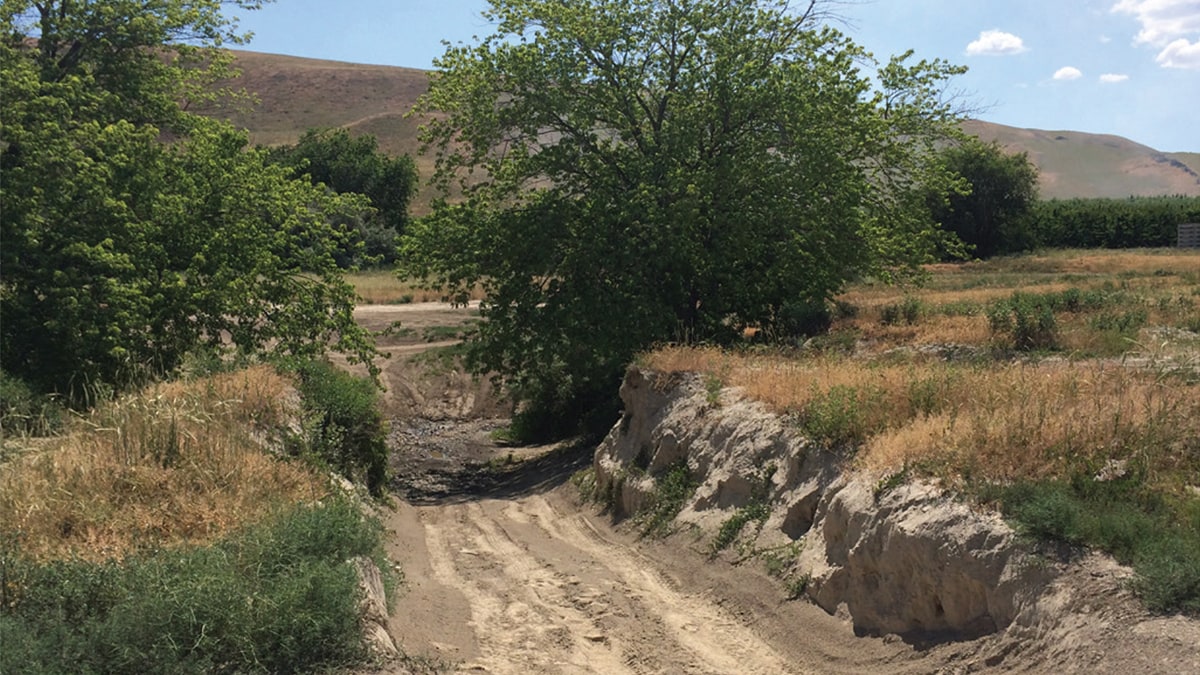What to know
Symptoms of illnesses from environmental pathogens tend to mimic cold and flu symptoms, making them less likely to be identified. With AMD technologies, CDC scientists are finding ways to trace and pinpoint sources of environmental pathogen threats to help locate and stop outbreaks much faster than ever before.

Tracking waterborne parasites
A dangerous parasite lurks in water. It can show up in drinking water, rivers and streams, swimming pools, farms, and even in food. Cryptosporidium (Crypto) is a microscopic parasite that causes cryptosporidiosis, a diarrheal disease that can last for weeks in people and animals. Crypto has a protective outer shell that protects it from environmental conditions and chemical disinfectants.
CDC and state health departments collect and share Crypto DNA fingerprint data across the country through CryptoNet. Before CryptoNet was launched, scientists found it difficult to distinguish between the many Crypto species using traditional sequencing methods.
In 2016, CDC developed newer, faster AMD technologies to allow investigators to look more closely at Crypto DNA. Those technologies allow the rapid distinction between Crypto species and their subtypes, as well as better tracking how people get sick. The new data provide a clearer picture of how Cryptosporidium is spreading and reveal what new subtypes are coming into the United States.

Attacking Legionnaires' disease
Legionnaires' disease is a serious type of bacterial pneumonia (lung infection) caused by inhaling small droplets of water that contain Legionella. Legionnaires' disease continues to cause outbreaks in the United States and is a leading cause of potable waterborne outbreaks.
To stop outbreaks, public health officials must identify the environmental source, such as cooling towers or indoor plumbing, then ensure adequate disinfection. Before applying AMD methods to Legionella, there was not a reliable, rapid, or consistent laboratory test to analyze the bacteria. Also, detecting the bacterium in environmental samples was especially difficult.
Now, CDC scientists can genetically compare Legionella bacterial strains from infected people to strains collected in environmental samples to identify the source of an outbreak. Through AMD methods, we are finding and stopping Legionnaires' disease outbreaks faster than ever before.
Mapping the range of Valley fever
Coccidioidomycosis, also called Valley fever, is a serious fungal infection. The infection affects thousands of people every year when they inhale the microscopic fungus Coccidioides. The fungus is found in dry, dusty soil and other areas of the environment.
In the past, scientists believed this fungus lived only in the southwestern United States and parts of Latin America. That changed when public health officials identified three people in the south-central region of Washington State with Valley fever.
CDC scientists used AMD methods on the Washington fungal strains. The scientists found the strains represent a distinct genetic group, one different from the fungal strains seen in the Southwest. CDC scientists continue using AMD technologies on patient and soil samples to map geographic areas posing a risk for future infections.

